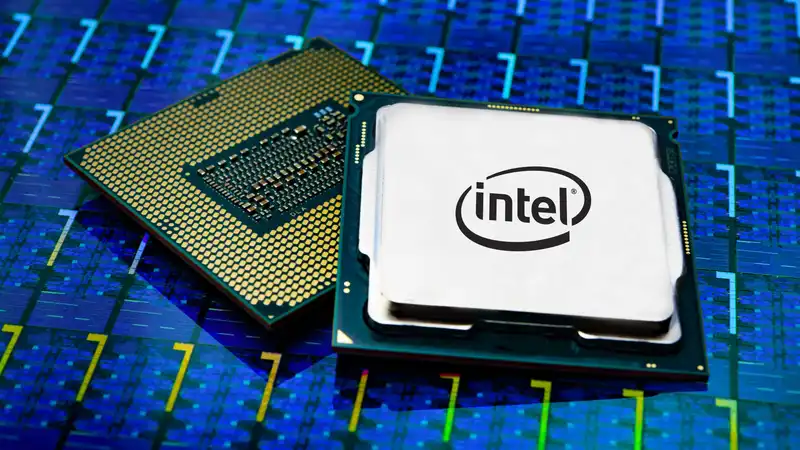Thanks to AMD and its Zen architecture, we can all enjoy 6+ core CPUs for a fraction of the cost. The current generation of gaming consoles all boast 8 cores and 16 threads. After all, it is now 2024, not 2004. Unaware of this, Intel has released a chip named "310".
The first benchmark results for this powerful processor, Geekbench v6, were discovered by Benchleaks (via Wccftech) and achieved results of 2,152 for single core and 4,254 for multi-core. While the first number is quite respectable, the Intel 310 is a Raptor Lake chip with a constant clock speed of 4.1 GHz. Well, technically it is an Alder Lake one, but that is a story for another time.
These multi-core scores may look pretty dismal, but a CPU that supports four threads is unlikely to set any multi-threading records. A quick search of the Geekbench database for the popular Ryzen 5 5600X (6 cores, 12 threads) shows scores in the 8,000-9,000 range.
Intel's recent dual-core chip is not the first dual-core chip to be released by Intel, the Intel 300, which appeared earlier this year. The new 310 is the same processor, albeit clocked 200 MHz higher, and while pricing for the new model is not yet available, the Intel 300 has an MSRP of $82 to $92.
But what applications will dual-core CPUs be used for in 2024? Certainly, you won't be playing top-end games with a dual-core CPU (it will be a fun exercise to see how poorly the latest games run), but it will be fine for handling light office tasks, web browsing, and minor media consumption. Any application that just puts a load on a single core would be fine.
Personally, I prefer to have a little performance in reserve, so I'd rather have a Ryzen 3 4100 on a cheap AM4 motherboard, 4 cores, 8 threads, and a very cool running chip for under $70 (Amazon, Newegg). But even such a setup requires a graphics card, and the Intel 310 has a small iGPU, which saves a lot of money.
Also speaking of AMD, Weibo (via Videocardz) reports that the company plans to release at least one NPU-less version of its previous generation APU: the Ryzen 7 8845HS has a 16 TOPs neural processing unit whereas the 8745HS does not appear to have a dedicated NPU.
This is common in the desktop CPU market, where models with a suffix of F are chips with a defective integrated GPU; rather than discard the GPU, they disable it entirely and are sold as fully functional CPUs, albeit without a graphics chip.
Given that AMD's Hawk Point chip does not boast enough AI-TOP to meet Microsoft's standards for use in the Copilot+ AI PC, it would not hurt at all to have a laptop with the 8745HS. Whether such a chip will be available worldwide, however, is another matter.
The reason I mention this is because I don't know if the Intel 300/310 chip is a custom-made dual-core chip or if it is a Core i3 13100 with all of its E-cores and most of its P-cores disabled, just as the Ryzen 7 8745HS has its NPU disabled. Because we don't know if it's a processor.
It would make no difference to the processor's operation, but it would be kind of nice if Intel really is making a proper dual-core chip. If any of our readers find this chip, please remove the heatsink and show the world what the die looks like.


Comments